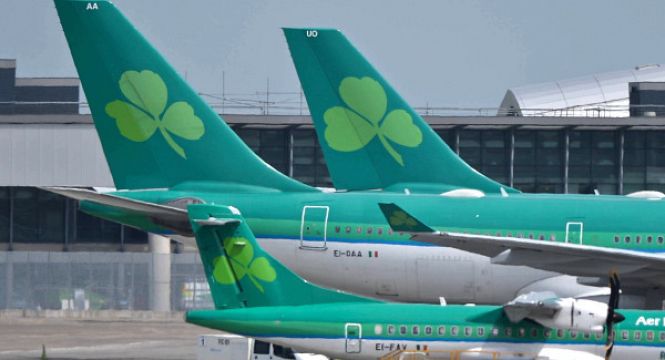This is down from a €1 billion profit in the same period a year ago.
Revenue was €5.3 billion, some 56 per cent lower than 2019’s levels.
Speaking about the Irish airline in their latest report, IAG said:
"Prior to the main impact of COVID-19 from late February onwards, Aer Lingus capacity was broadly flat for January and February.
"There were increases in North Atlantic routes, from the route to Minneapolis launched in July 2019, and increased frequencies to Boston and San Francisco, offset by reductions in shorthaul capacity."
The Irish airline made a loss of €189 million, which brought the total deficit for the first half of 2020 to €316 million.
IAG also spoke about how Aer Lingus made use of the government's wage subsidy scheme.
"Where those employees designated as part of the scheme are eligible to have their wage costs paid up to an amount of €410 per week.
"The total amount of such relief received by the Group amounted to €155 million and is offset within Employee costs in the Income statement."
IAG announced a plan to strengthen its balance sheet by raising €2.75 billion (£2.49 billion) through a proposed capital increase.
Chief executive Willie Walsh said: “All IAG airlines made substantial losses. As a result of Government travel restrictions, quarter two passenger traffic fell by 98.4 per cent on a capacity reduction in the quarter of 95.3 per cent.
“We have seen evidence that demand recovers when Government restrictions are lifted.
“Our airlines have put in place measures to provide additional reassurance to their customers and employees on board and at the airport.
“We continue to expect that it will take until at least 2023 for passenger demand to recover to 2019 levels.”
IAG expects it will take until at least 2023 for passenger demand to recover to pre-coronavirus levels.
The firm said it is “restructuring its cost base to reduce each airline’s size”.
In April it announced that 12,000 British Airways jobs could be cut.







